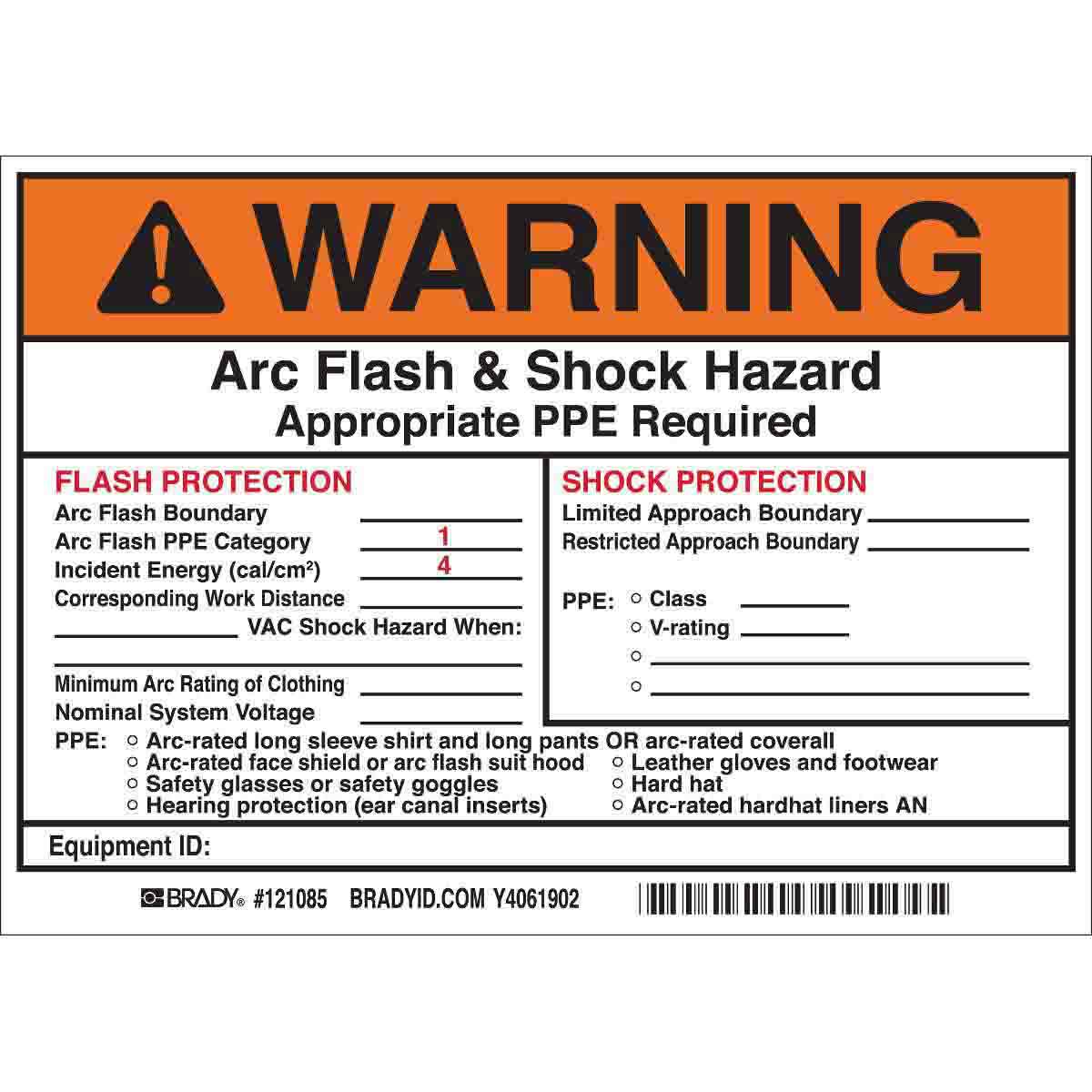
Record your shock risk assessment information, including approach boundaries and PPE requirements, on your energized electrical work permit form. You must wear ASTM F2413 EH-rated or equivalent-rated electrical shock resistant safety shoes or boots when working within the restricted approach boundary. You must wear electrical insulated gloves with an outer covering of leather for protection when working inside the restricted approach boundary. Once you have determined the approach boundary distances, select the proper PPE and insulated tools as per the requirement and equipment for work within the restricted approach boundary. Then use the tables below Approach Distances to determine the radii of the restricted and limited approach boundaries for your voltage and current type. To conduct a shock risk assessment, first determine the voltage to which you will be exposed. A shock risk assessment determines the shock hazards, approach boundary distances, PPE requirements, and insulated tools and equipment for a specific electrical work task. The restricted approach boundary is the radius within which an elevated risk of shock from arc-over or inadvertent movement contact exists. The limited approach boundary is the radius within which a shock hazard exists.ģ.

Shock protection boundaries describe zones of risk depending on how far away you are from the conductors or parts.Ģ.

Your risk of being shocked by exposed energized electrical conductors or circuit parts depends in part on your distance to the conductor.
#ARC FLASH BOUNDARY PROFESSIONAL#
Bhabani Mishra, a seasoned EHS Professional from Dalmia Group for sharing this article on ARC FLASH HAZARD.ġ.

When energy isolation by Lockout Tagout is to be performed on any point on energized conductor or circuit part, we need to evaluate the shock risk and accordingly determine the effective protection.


 0 kommentar(er)
0 kommentar(er)
